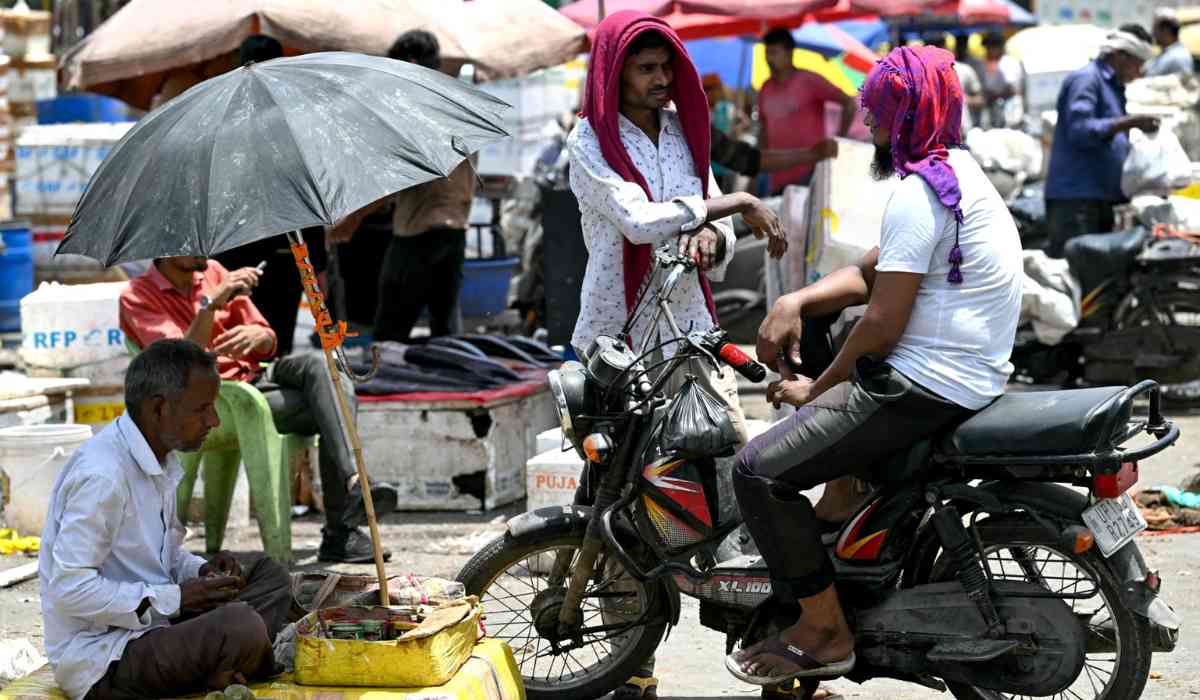Delhi recorded its hottest day in history on Wednesday, with temperatures soaring above the 50-degree Celsius mark. Mungeshpur, a locality in Delhi, recorded a staggering 52.3 degrees Celsius. This unprecedented heatwave poses severe risks to public health and underscores a broader global issue of rising temperatures.
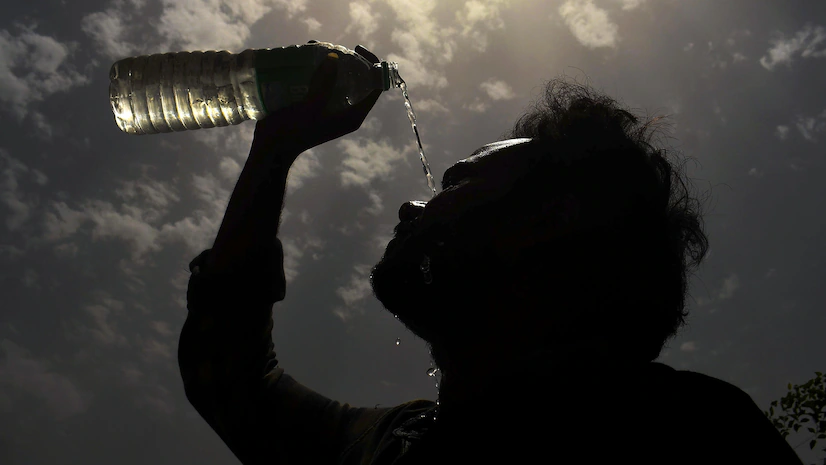
Health Risks Associated with Heatwaves
Extreme heat events, such as the current heatwave in Delhi, have significant health implications. Health authorities are increasingly concerned about the severe risks posed by such high temperatures. From triggering life-threatening conditions like heatstroke to exacerbating chronic illnesses, the impacts of intense heat should not be underestimated.
Impact on Body and Health
The World Health Organization (WHO) has highlighted that the body’s ability to regulate its internal temperature is challenged by high temperatures, humidity, low wind, and high thermal radiation. These conditions impede the elimination of heat generated by metabolic processes, creating a dangerous scenario for heat storage within the body.

- Heat-Related Illnesses
When the body cannot effectively dissipate heat, the risk of heat exhaustion and heatstroke rises sharply. Heat exhaustion, if left unchecked, can progress to heatstroke, a severe condition characterized by the failure of the body's temperature regulation mechanisms. This can lead to potential damage to the brain and other vital organs.
- Chronic Conditions Exacerbated
The cardiovascular and renal systems are under increased strain as the body struggles to cool itself. This can exacerbate chronic conditions like heart disease, respiratory issues, and diabetes. Heat stress can also cause acute kidney injury due to dehydration and the increased workload on the kidneys.

- Immediate and Long-Term Effects
The immediate effects of extreme heat are seen in the rapid onset of heat-related illnesses, resulting in increased deaths and hospitalizations. Swift interventions when heat alerts are issued are necessary to mitigate health risks effectively. Beyond direct health impacts, extreme heat can disrupt essential services. Power outages and transportation failures during heatwaves can compromise healthcare delivery and emergency responses. The ability to work and study is also hampered, reducing productivity and potentially leading to closures of workplaces and educational institutions. Furthermore, heatwaves are often linked with poor air quality and pollution, compounding health hazards.
How Our Body Bears Such High Temperatures
The human body has several mechanisms to cope with high temperatures, but these can be overwhelmed during extreme heat events.
- Thermoregulation
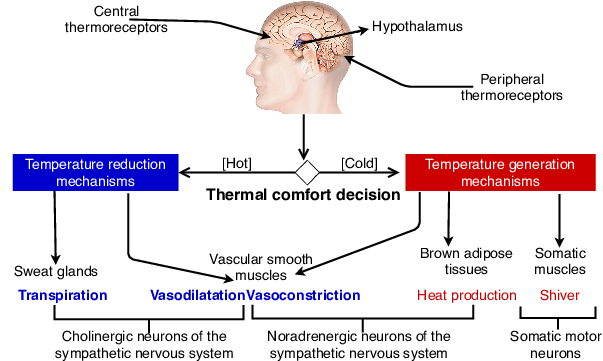
The primary mechanism for regulating body temperature is thermoregulation, which involves processes like sweating and increased blood flow to the skin. However, in conditions of extreme heat, especially with high humidity, these mechanisms become less effective. The body struggles to evaporate sweat, leading to a dangerous rise in internal temperature.
- Dehydration
Dehydration is a major concern during heatwaves. As the body loses fluids through sweating, it can lead to a reduction in blood volume, which in turn puts stress on the cardiovascular system. Dehydration also impairs kidney function, increasing the risk of acute kidney injury.

- Cardiovascular Stress
The heart works harder to pump blood to the skin for cooling, which can be particularly taxing for individuals with pre-existing heart conditions. This increased workload can lead to complications such as heart attacks or strokes.
Protecting Yourself During a Heatwave
To mitigate the risks associated with extreme heat, WHO provides several guidelines for staying safe during a heatwave:
- Ventilation: Open windows after dark when the outdoor temperature is lower than inside. During the day, close windows and use blinds or shutters to block sunlight.
- Fans and Air Conditioning: Use fans only when it’s below 40°C, as they can increase body heat above this temperature. If using air conditioning, set it to 27°C and use a fan to feel 4°C cooler, potentially saving 70% on cooling costs.

- Hydration and Clothing: Stay cool and hydrated by wearing light clothing, taking cool showers, and drinking 2-3 liters of water daily. Regularly check on vulnerable individuals.
Global Perspective: The Heatwave Phenomenon
The extreme temperatures recorded in Delhi align with a global trend of rising temperatures over the past few years. Record-breaking heat has been reported from several locations worldwide.
- United Kingdom: In July 2022, the UK crossed 40 degrees Celsius for the first time ever.
- China: A small town in China’s northwest recorded 52 degrees Celsius last year, the highest ever for that country.
- Europe: In 2021, Sicily in Italy recorded 48.8 degrees Celsius, the highest for Europe ever.
An analysis by Carbon Brief, a UK-based publication focused on climate change, revealed that nearly 40% of the Earth had recorded its highest-ever daily temperature between 2013 and 2023. This includes places in Antarctica. The highest temperature in India, recorded in Rajasthan’s Phalodi, also occurred during this period.
Delhi's Anomaly
The 52.9 degrees Celsius recorded in Mungeshpur, Delhi, if verified, would be an all-time high for India. However, the India Meteorological Department (IMD) is checking the authenticity of this reading, as other stations in Delhi did not report similar temperatures. The highest temperature recorded at the representative Safdarjung station was 46.8 degrees Celsius, the highest since 1944.
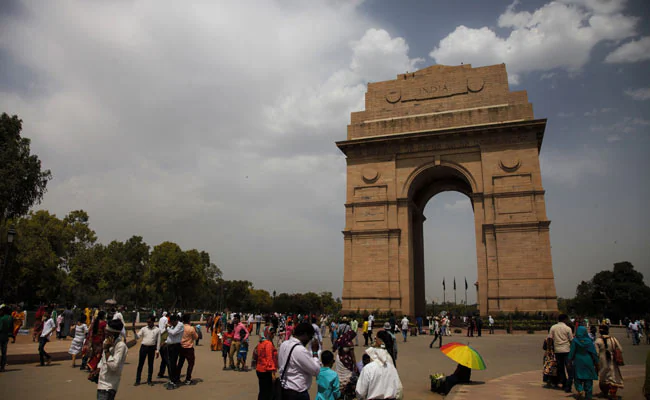
Global Warming Trends
The year 2024 was predicted to be extremely warm, following 2023, which was the warmest year on record globally. The warming trend is evident, with April 2024 marking the 11th consecutive month of record-high global average monthly temperatures.
The warming over India, while not as pronounced as the global average, has still led to severe heatwaves. Annual mean temperatures over India have risen by about 0.7 degrees Celsius compared to 1900 levels, significantly lower than the 1.59 degrees Celsius rise for average land temperatures across the world. However, heatwaves over India are noticeably more severe.
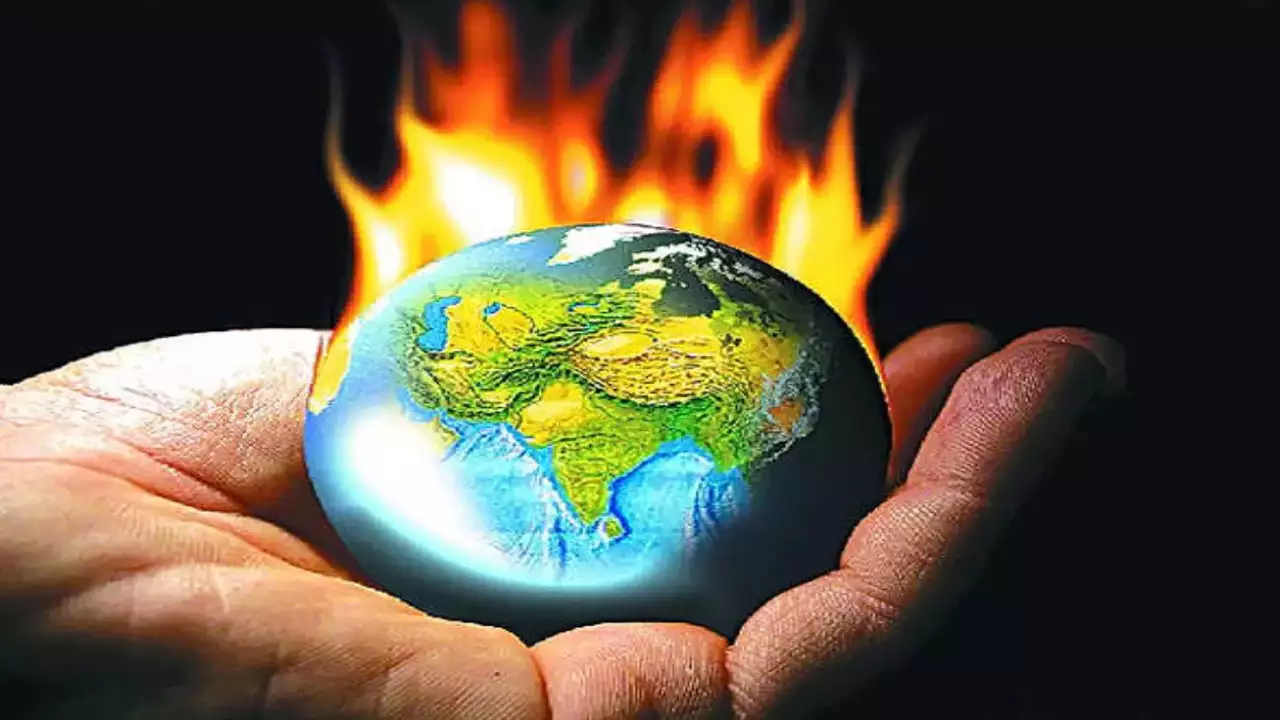
The New Normal
The current spell of high temperatures in Delhi and most of north India is anomalous compared to historical data. However, going forward, temperatures exceeding 45 degrees Celsius are likely to become the new normal. A 50-degree Celsius reading will no longer seem suspicious.
“It is very concerning that annual trends in heatwaves now show temperature departures of 5-9 degrees Celsius from the normal summer weather,” said Aarti Khosla, director of Climate Trends. “Heatwaves are the single largest threat to India’s well-being today. Temperatures in Delhi and neighboring NCR states in the last two days are proof that the issue is now about survivability.”
The current heatwave in Delhi is a stark reminder of the growing threat posed by extreme temperatures. The health risks are severe, with the potential for life-threatening conditions and exacerbation of chronic illnesses. The global trend of rising temperatures highlights the urgent need for effective public health planning and response strategies. As temperatures continue to rise, both in India and globally, understanding and mitigating the health impacts of heat waves will be crucial in ensuring public safety and well-being.
Inputs by Agencies
(Image Source: Multiple Agencies)
Ⓒ Copyright 2024. All Rights Reserved Powered by Vygr Media.

